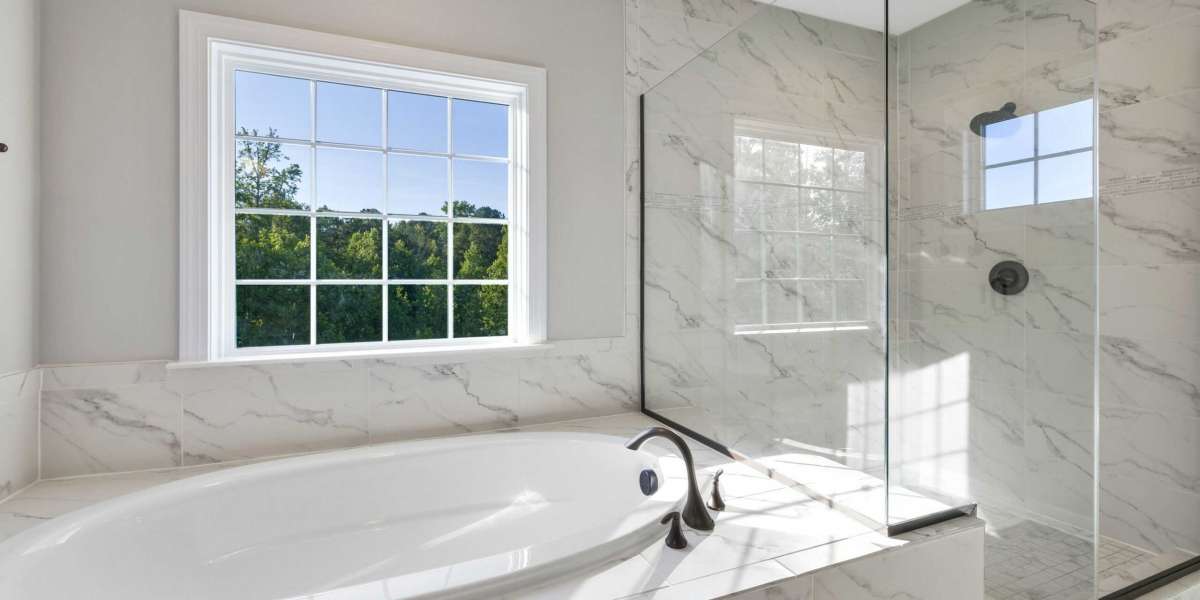When it comes to home improvement, bathroom design and remodeling stand out as some of the most impactful projects you can undertake. Whether you're looking to create a luxurious retreat or simply update an outdated space, a well-executed bathroom remodel can enhance both the functionality and aesthetic of your home.
1. Assessing Your Current Space
Before diving into the remodel, it’s crucial to assess your current bathroom. Take note of what works and what doesn’t. Consider the layout, storage options, lighting, and overall style. Is the space too cramped? Are the fixtures outdated? Identifying these aspects will help you prioritize what needs to change and what can stay.
Tip: Use a digital camera or smartphone to capture different angles of your bathroom. These photos can be helpful when brainstorming ideas and working with designers or contractors.
2. Setting a Realistic Budget
Budgeting is one of the most critical aspects of bathroom remodeling. Costs can vary widely based on the scope of the project, materials chosen, and whether you’re doing it yourself or hiring professionals. Here’s a rough breakdown of common expenses:
- Labor Costs: Professional contractors, plumbers, and electricians.
- Materials: Tiles, fixtures, countertops, cabinetry.
- Design Fees: If you’re working with a designer.
- Unexpected Costs: It’s wise to set aside a contingency fund (10-20% of your total budget) for any surprises that may arise.
Tip: Start by gathering estimates from multiple contractors to get a sense of the market rate and to ensure you’re getting the best value for your money.
3. Choosing the Right Style
Your bathroom should reflect your personal style while also fitting seamlessly with the rest of your home. Whether you prefer a modern, minimalist look or a classic, traditional design, your choice of style will influence all other decisions in the remodel.
- Modern: Features clean lines, sleek surfaces, and a minimal color palette.
- Traditional: Embraces classic elements such as ornate fixtures and timeless materials.
- Transitional: A blend of traditional and modern elements for a balanced look.
- Spa-like: Focuses on creating a relaxing atmosphere with luxurious finishes and soothing colors.
Tip: Create a mood board with images of bathrooms you love. This visual reference will help guide your choices and communicate your vision effectively to designers and contractors.
4. Maximizing Functionality
Functionality is key in bathroom design. A beautiful bathroom is great, but if it doesn’t meet your needs, it’s not worth much. Consider the following elements to enhance functionality:
- Storage Solutions: Include ample cabinetry, shelving, and closet space to keep the bathroom organized and clutter-free.
- Lighting: Incorporate a mix of ambient, task, and accent lighting to ensure the space is well-lit for all activities, from grooming to reading.
- Ventilation: Proper ventilation is crucial to prevent mold and mildew. Ensure you have an adequate exhaust fan and consider adding windows if possible.
Tip: Think about future needs and how the bathroom will be used by different members of the household. Features like grab bars or a walk-in shower can be beneficial for accessibility.
5. Selecting Materials and Fixtures
Choosing the right materials and fixtures can make a significant difference in the overall look and durability of your bathroom. Here are some popular options:
- Tiles: Ceramic, porcelain, and natural stone tiles are common choices. Consider durability, ease of maintenance, and how the tile complements your overall design.
- Countertops: Options include granite, quartz, marble, and laminate. Each has its pros and cons regarding durability and cost.
- Fixtures: Choose faucets, showerheads, and handles that match your style and offer functionality. Water efficiency is also an important consideration.
Tip: Visit showrooms to see and feel the materials in person. This can help you make more informed decisions and ensure that the materials will meet your expectations.
6. Hiring Professionals vs. DIY
Deciding whether to tackle the project yourself or hire professionals depends on the complexity of the remodel and your level of expertise. While DIY can save money, it may also lead to costly mistakes if not done correctly. Hiring professionals ensures that the work meets industry standards and codes.
Tip: If you choose to go the DIY route, make sure you’re well-prepared and knowledgeable about the tasks at hand. Consider consulting with a professional to review your plans and offer advice.
7. Final Touches
Once the major work is complete, it’s time to add the finishing touches. This includes:
- Decor: Add rugs, towels, and artwork that complement your design.
- Storage Accessories: Include organizers, baskets, and shelves to keep items neatly arranged.
- Plants: Indoor plants can add a touch of nature and freshness to your bathroom.
Tip: Keep functionality and maintenance in mind when choosing decorative items. Opt for easy-to-clean materials and arrangements that won’t easily clutter the space.







